 In February 2023, Pope Francis visited the Democratic Republic of the Congo (DRC) and South Sudan during a six-days trip, the “Pilgrimage of Peace,” aimed at bringing a message of peace and reconciliation. The unprecedented tour was the first time Pope Francis visited South Sudan and the second time in almost 40 years that a pope has set foot in the DRC. Unsurprisingly, the trip received extensive media attention and gathered survivors of both armed conflicts, some of whom publicly recollected their testimonies of violence.
In February 2023, Pope Francis visited the Democratic Republic of the Congo (DRC) and South Sudan during a six-days trip, the “Pilgrimage of Peace,” aimed at bringing a message of peace and reconciliation. The unprecedented tour was the first time Pope Francis visited South Sudan and the second time in almost 40 years that a pope has set foot in the DRC. Unsurprisingly, the trip received extensive media attention and gathered survivors of both armed conflicts, some of whom publicly recollected their testimonies of violence.
One of the key themes the Pope addressed during his pilgrimages was wartime sexual violence (WSV), accompanied by calls for the protection and advancement of women. He also loudly criticised external and internal actors who profited off both conflicts and became rich with resources at the expense of people’s suffering. However, the Pope´s interventions, as well as those of other representatives of the Catholic church that accompanied him, rested on a simplistic narrative of sexual violence, as they quickly dismissed it as being a “weapon of war” that only affects women.
An exclusive focus on WSV as a weapon of war precludes a deeper understanding of this violence, and builds on a stereotypical register in which men are always the perpetrators and women are victims without agency in need of “protection, honour and respect.” Hence why it is important to reflect on how narratives embraced by internationally recognised figures, such as the Pope, shape responses to WSV. Do they create space for all survivors to have their voices heard and their needs met? Or do they inadvertantly reproduce frameworks that sustain the commercialisation of the violence they condemn?
Sexual Violence as “Weapon of War” in the DRC and South Sudan
Both the DRC and South Sudan are countries that have been torn by many forms of violence, including sexual violence. The widespread perpetration of sexual violence prompted CNN to declare the DRC the “rape capital of the world.” Likewise, the UN has described life in South Sudan for women and girls as a “hellish existence,” as episodes of gang rape, sexual torture and other physical violations by armed groups have reached a horryfying frequency.
A persistent strategic description of WSV in both these countries has been that it is the “cheapest weapon of war” for armed forces. According to this narrative, sexual violence is a tool through which women and girls are targeted in a systematic way in order to instill fear in the broader population. Extensive research in this field has concluded that the intention behind this violence as a military tactic is that attacking one’s body translates into attacking one’s ethnic, religious and/or political identity, therefore affecting one’s community. Furthermore, research speaks of gendered bodies, so that the perpetrator is instantly masculinised, and in turn empowered, while the victim is feminised, thereby subdued and conquered.
This framework has been widely adopted during the “Pilgrimage of Peace”, as the Pope and other representatives of the Catholic church have joined the UN in advocating for the safeguard of women in countries where rape has allegedly been used as a weapon of war. In South Sudan, Pope Francis’ calls to “protect, respect, appreciate and honour every woman, every girl” echoed throughout the audience; addressing “young men,” the Archbishop of Canterbury asked them to “value and honour women, never raping, never violent, never cruel.” In the DRC, internal and external parties to the war were encouraged by the Pope to reflect on their “getting rich at the cost of the poor” when “people are being raped and killed.”
How Words Translate Into Actions
Although the framework of WSV as weapon of war has helped bringing to the fore a type of violence previously “unseen” and often swept under the rug as an unavoidable consequence of war. Critics warn against its adoption as a all-encompassing explanation. The reasoning behind its use differs across countries and military units, ranging from being encouraged to being punished. Such nuances are shown through evidence-based research: in the DRC, Eriksson Baaz and Stern account for instances of strategic and non-strategic use of sexual violence. Furthermore, as it heavily relies on the dichotomy “women/victims” and “men/perpetrators,” this narrative fails to recognise the plethora of experiences of both those that perpetrate and are affected by it, thus shaping interventions in three different ways.
First, such discourses do not give all survivors a chance to tell their stories and get help. In the DRC and South Sudan, male victimisation is rarely recognised, although reports and research warn of much higher numbers than those registered. When international figures fail to acknowledge this diversity, interventions risk overlooking male survivors and reinforce the stigma surrounding male victimisation.
Second, portraying women as helpless victims erases their agency to navigate their social environments after the war. As Kreft and Schulz argue, framing women and men through simplistic notions of victimhood not only dismisses their pain to a story of brutality, it also ignores the courage and activism they put into their everyday lives. This naïveté easily leads international actors to think that intervening in these countries means anything besides actually learning from these communities and their resilience.
Third, a blind focus on sexual violence as weapon of war contributes to the commercialisation of the phenomenon. Eriksson Baaz and Stern argue that a naïve engagement with survivors can be associated with access to funding. Hence, not only are at risk of becoming a means to access project donations, but simplified notions of WSV can create a “hierarchy” of harm, where the focus on sexual violations (or torture, mutilation, etc.) dimisses other dimensions of people’s experiences during conflict. Ironically, then, the simplistic notions of sexual violence adopted by the Pope are also what feeds into making people’s suffering a lucrative venture.
Hence, the narrative embraced during the Pope’s tour is so much more than just words. Not only does this narrative fail to account for more nuanced notions of WSV, it is also destined to inspire half-hearted responses towards affected communities. International leaders like Pope Francis, can and should, do better than that.
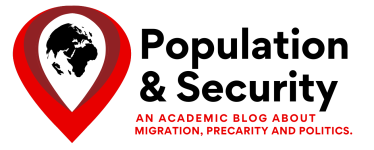


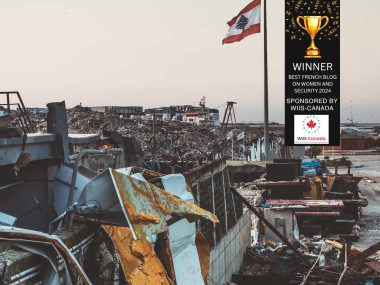
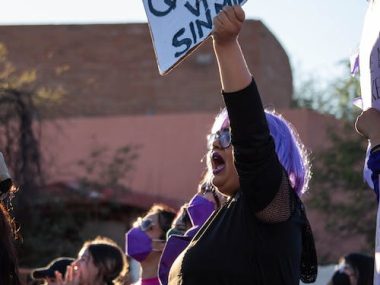


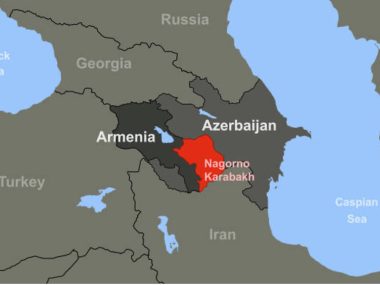
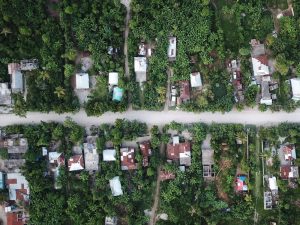
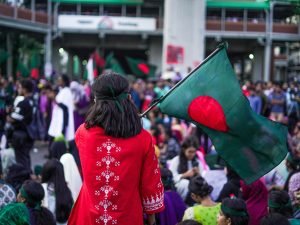
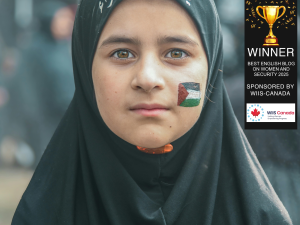

1 comment
Love it.
Good arguments.
Dr. Madeleine NIcole Maillette